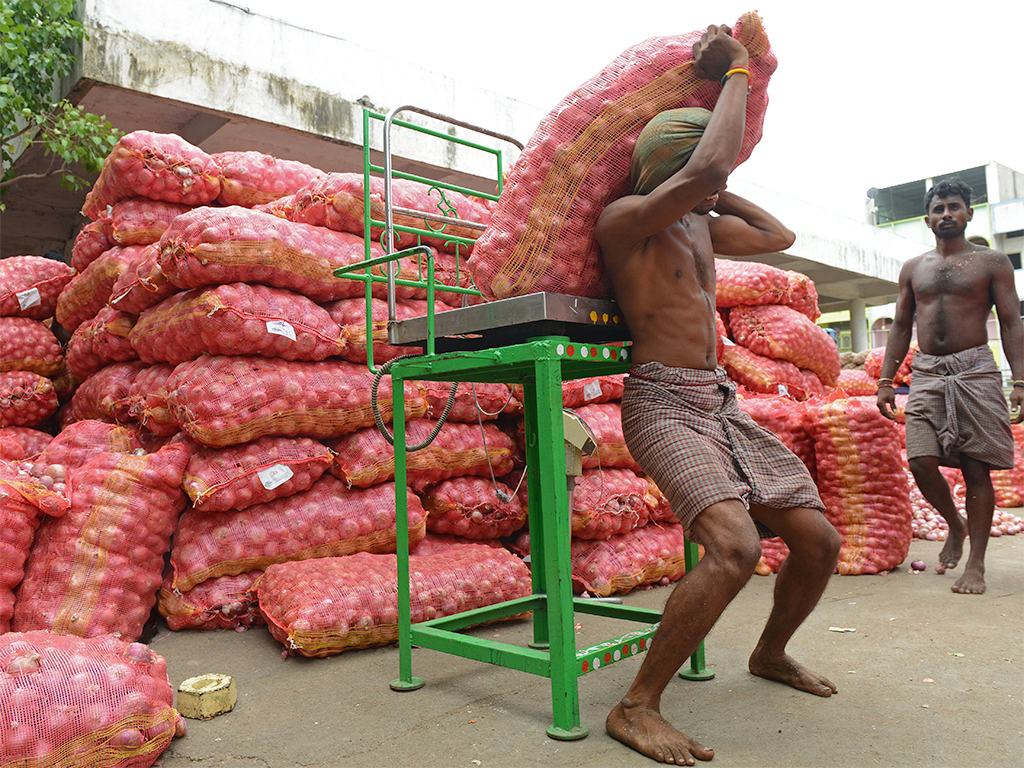
Prime Minister Narendra Modi’s government has reintroduced a minimum export price for onions as rising inflation causes a stir ahead of next month’s budget. Modi has announced that tackling rising inflation is a priority for his government and food commodities like onions are an easy target for state controls.
A minimum price control for onions – a vital export for India – was withdrawn by the previous government only three months ago. However, wholesale price inflation has steadily crept up, leading voters to express concerns over price increases.
Onions are a sensitive political issue in India, as over 15m tonnes are consumed in the country a year
India experienced a previously-unseen surge in inflation in May, which caused wholesale prices to rise six percent, up from 5.2 percent in April. Basic food commodities like onions have been driving the increase. Onions are a sensitive political issue in India, as over 15m tonnes are consumed in the country a year. The vegetable is the base for many of the most traditional and widely consumed dishes, and a price rise of as little as two rupees per kilogram- as has been reported- can have widespread political ramifications.
The country is also the second largest exporter of onions in the world, behind China. Over 1.5m tonnes of onions leave India each year, but a hotter-than-average summer and lack of storage infrastructure have caused a fear of shortages for domestic consumption.
The minimum export price for Indian onions has now been doubled by the government from $150 to $300 per tonne. ‘The rise in prices of food articles can also be attributed to withholding of stocks on account of apprehension of a weak monsoon,’ said Finance Minister Arun Jaitley on his Facebook page. ‘The year on year WPI inflation for the month of March has moved up to 6.01 percent as compared to 4.58 percent in the corresponding period last year. The increase is primarily on account of higher inflation in food articles, fuel and power costs. The Government is seized of the matter and is committed to ease supply side constraints.’
The governor of the Reserve Bank of India, Raghuram Rajan, has been struggling to ease prices by repeatedly raising interest rates, and has announced a target to bring consumer price inflation down from the high 8.3 percent seen in May to around six percent by the beginning of 2016.


